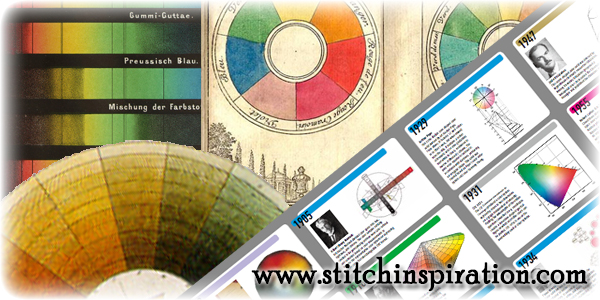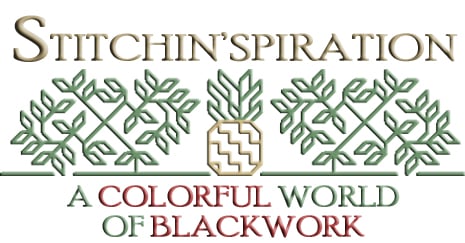
19 Feb A color nerd’s view of color history
The inner nerd in me craves order, and there are all kinds of color systems out there that somehow put color into an analytical order. Let’s dive in and find out what all those color geeks have been up to!
Although I’ve always had the fascination with color, coming from the creative / left side of the brain, I also work heavily out of the right side. I always excelled at math, and look at things in a very analytical and organized way. Needless to say, it’s exciting to me that much color study and color theory has come from the minds of mathematicians and scientists.
The study of color dates back to the early days in Greece with Aristotle. It’s hard for me to think about a time when what a person saw – color and light – wasn’t entirely understood. Color has been used all throughout history in many symbolic ways, but Aristotle was one of the first to put into writing a study about what makes light “light”, and what makes color “color”.
For me, studying what these scientists, artists, and educators were trying to decipher is intriguing. Looking at all the different ways that they broke down color into systems, into such different graphic representations of their view of color – does make me excited. Seeing all these different forms and shapes of color, then seems to make me look at color in different ways also.
Here are just a few notable color theorists over the years.
BC350 – Aristotle. He studied how color comes directly from light, so when there is not light, there is no color. His theory talked of 7 different colors (white, yellow, red, purple, green, blue, black, with grey falling under black). Basics of much color study through the 1800s.
1704 – Sir Isaac Newton. His study of light and prisms, showed light breaking out into 7 distinct colors – Red, Orange, Yellow, Green, Blue, Indigo, Violet – known to us as ROY G BIV. He then wrapped the violet ribbon so that it met the red ribbon, and created one of the earliest color circles.
1839 – Michel Eugene Chevreul. Used primaries of red, yellow, and blue, and incorporated secondary mixtures of colors, along with brightness levels. It was the first time that what active role the brain had with seeing colors.
1905 – Albert Henry Munsell. Munsell was an art teacher, and broke color into 3D space, organizing by hue, lightness, and chroma. His color tree fully takes color into the 3D world, and even today is used as a study for artists. My first introduction to Munsell was a discovery of a small leather book filled with tiny rectangles of hand-mixed color chips. A family member had spent hours upon hours perfecting her own Munsell color notebook, to much success. Just amazing in my mind!
I confess, my reason for this post is not to educate you on every specific about color theory through the years. There are plenty of color experts out there with books, websites, and other educational tools that can give you the full history down to the dirty little details. Below I’ve listed a few places to look online that will break down more into those fascinating facts and information. So, spend a little time online and see if looking at all these amazing colors and color forms gets your creativity jumping.
Next week, we’re going to take a closer look at 3 different color systems, and begin to think about how in the world all these “theories” can help a needle worker figure out what threads or fabric to use!
How do you think it will help you with your needlework?
Happy stitchin’!
Sally
Bibliography for more in-depth history and study:
ColorSystem, a website completely dedicated to color order in art and science: http://www.colorsystem.com/?page_id=551&lang=en
Eizo, a color management company (monitors, etc.) has a book out which covers color theory… All chapters are online in PDF form.
Awesome pictorial view of color history. http://www.eizo.com/global/library/EIZO_DCH_APPENDIXA.pdf
Another chapter of the book specifically talking about color circles and harmonies through history… http://www.eizo.com/global/library/EIZO_DCH_CH1.pdf
University of Mannheim (Germany) website devoted to study of color. http://irtel.uni-mannheim.de/colsys/
Coloraday is a neat source online for lots of color information. I’m not sure if it’s still updated, but here’s some history information for you. http://www.coloraday.com/research_learning/sp_systems/systems.html


No Comments